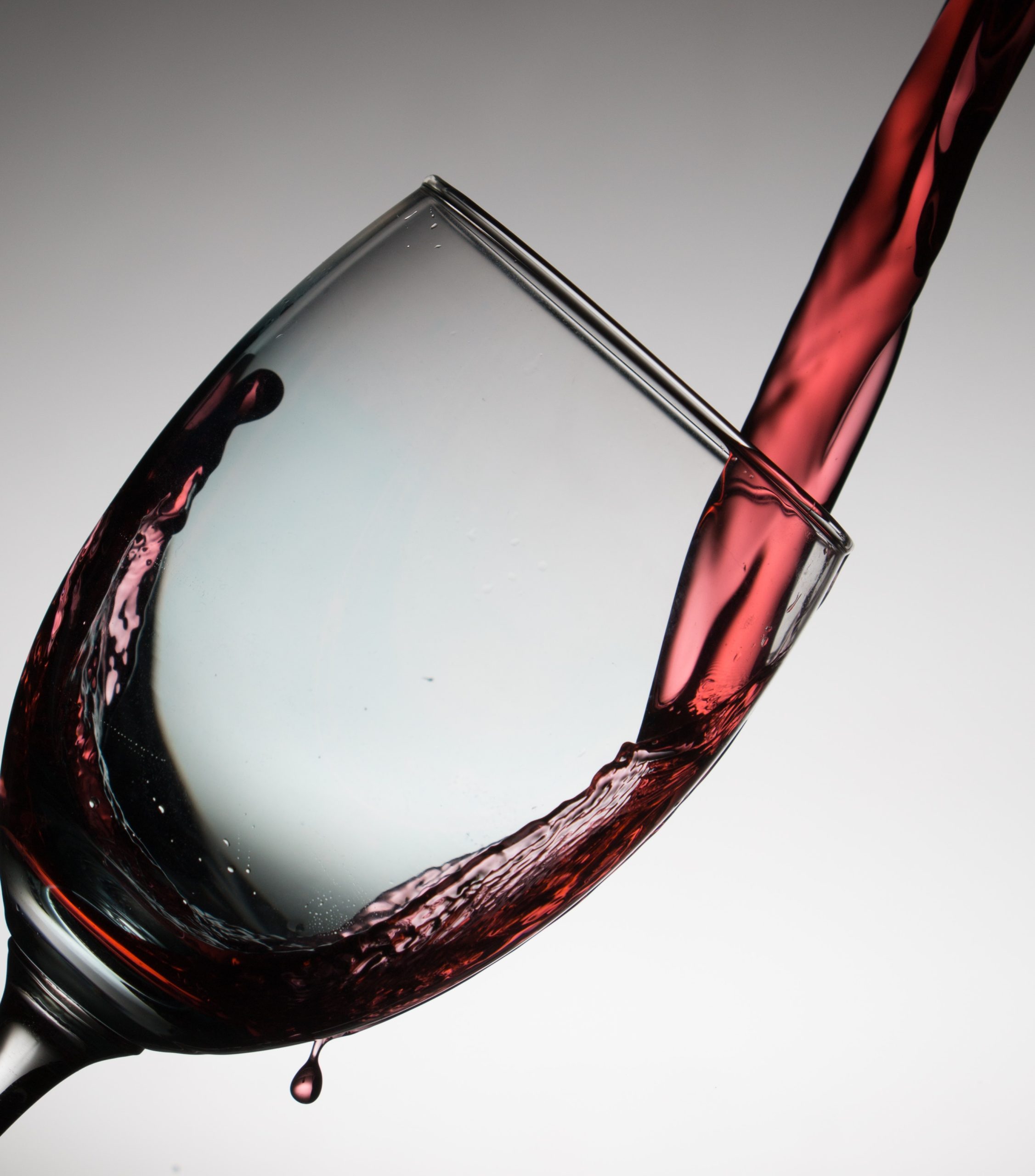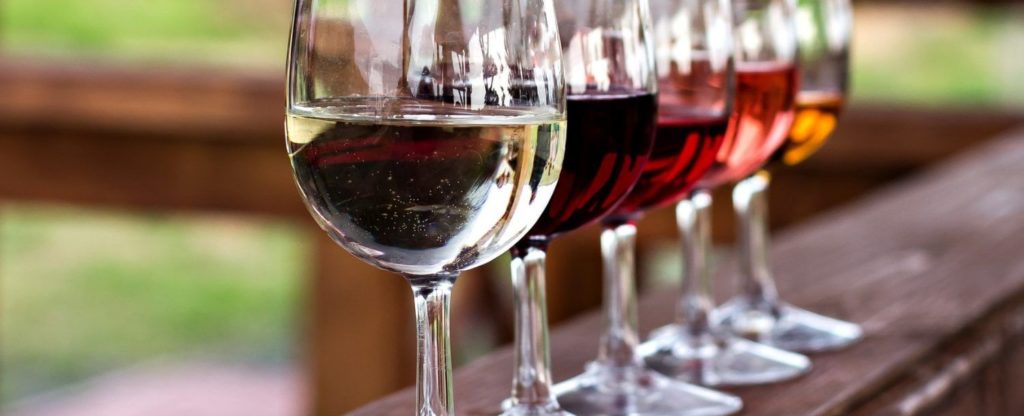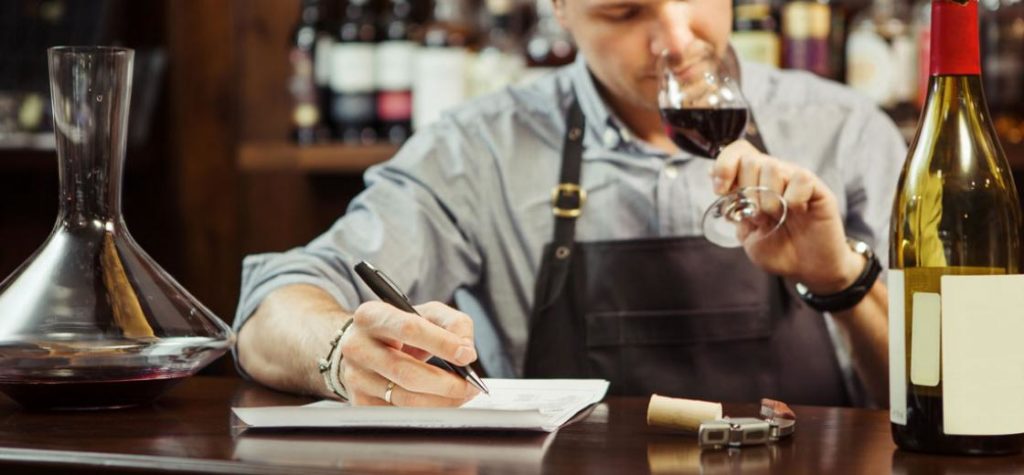How To Taste Your Wine

If you’ve gone out for some wine with self-proclaimed wine geeks, there’s a good chance you’ve heard words like astringent, buttery, aroma, and floral thrown around. If you’re just there for the house red or white and some company, there’s an even better chance you don’t really know what they mean. Understanding wine can seem daunting, so it’s helpful to understand where to start.
While you may want to start off by impressing with some fancy lingo, I’d recommend starting with these five steps to develop your palate and learn how to properly taste wine. Developing and understanding your wine preferences is the first step in expanding your knowledge.
1. Preparation
It’s important to have a surrounding that will increase concentration so that you can focus on your wine. Avoiding a noisy and crowded room is important for concentration and allows you to easily discuss the process with companions. Strong smells can impact your sense of the wines’ aroma as well, so ensure your space is neutral smelling and well-ventilated.
Serving temperature of the wine will also greatly impact flavor. Generally speaking, light dry white wines, rosés, and sparkling wines should be chilled, and full-bodied red wines and Ports should be slightly cooler than room temperature. We’re not saying you need to pull out a thermometer, but touching the bottle/glass should be enough to give an estimate if you’re in the right ballpark. Glassware is also a factor. Red glasses are taller with a wider mouth and bowl, and white wine glasses are narrow with smaller mouths. For both red and white make sure the glass is completely clear, clean, and unfrosted. Lastly, be sure to keep palate cleansers on hand, such as bland crackers and bread, and plenty of water.

2. Visualization
Look at your still wine in the glass (about 1/3 full) from every angle, noticing its color and clarity. This will help draw a connection between wine color and type of grape being used. After the still visualization, gently swirl the wine around the glass, noticing if the wine leaves streaks on the side of the glass. Bigger wines with a higher alcohol content and more sugar will leave more pronounced streaks.
3. Smell
This step is important because it’ll help you determine if there are any flaws with the wine. If you’re smelling a wet dog or musty attic, there’s a good chance your wine is corked. Corked wine isn’t dangerous to humans, but it will ruin your tasting experience. Furthermore, if your wine smells like burnt matches, vinegar, or an old leather saddle, just don’t drink it. Varying problems can lead to these smells, none of which are particularly enjoyable for drinking.

Onto the more pleasant side of smelling your wine (and how it should go 95% of the time). The key to this step for beginners is keeping your categories general. Instead of trying to name “raspberry” specifically, categorize the aroma as a red fruit. Attempting to name every aroma can be frustrating at this stage. Overall, you’re looking for fruity, floral, herbal, earthy, and spicy scents. Once you’ve become familiar with the different smells, it’ll help you determine which grape was used and the place of origin of the wine.
4. Taste
Finally, after all the build-up, you can taste your wine. Take a small sip and let it swirl around your mouth. The flavors should be a continuation of the aromas discerned in the previous step, but with added complexities like balance, acidity, texture, and how long the finish stays on your palate. A good wine will have a balanced proportion of sweet, sour (acidity) and bitterness.
All wines are going to have some level of sour taste because all grapes have acid. As with acid, all grapes have natural sugars. Some wines, especially white wines, have their natural sugars retained and this sweetness can be tasted in the final product.
5. Assessment
Since this exercise isn’t just to help you understand wine, but your relationship with wine, it’s important to take notes and evaluate if you enjoyed the wine. After you’ve worked through all the wines you’re tasting for the sitting, go back and compare each one. Determine similarities that you like and dislike.
As you do this more, you’ll start identifying more aromas and tastes, as well as get a clear sense of your preferred palate. Before you know it, you just might end up being the wine geek inviting a friend out for a drink who doesn’t quite know what you’re talking about.



